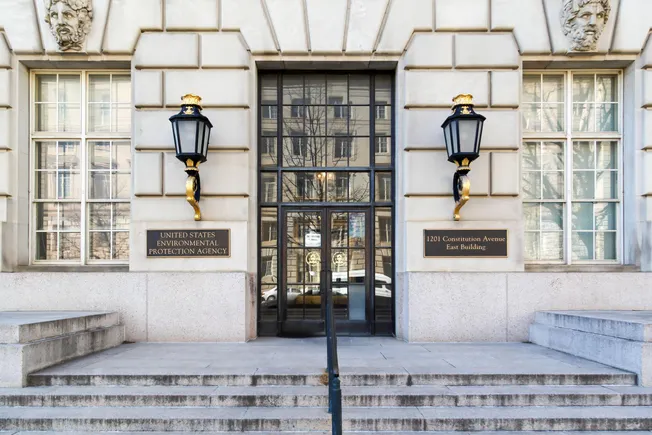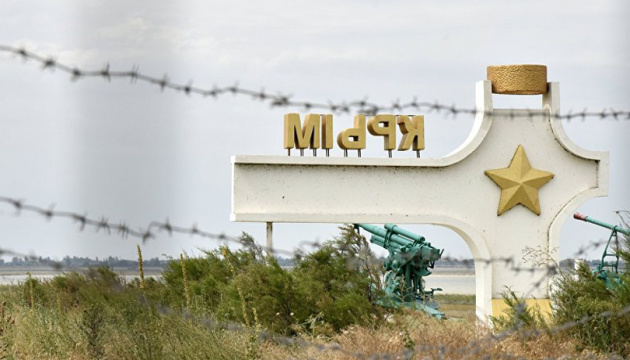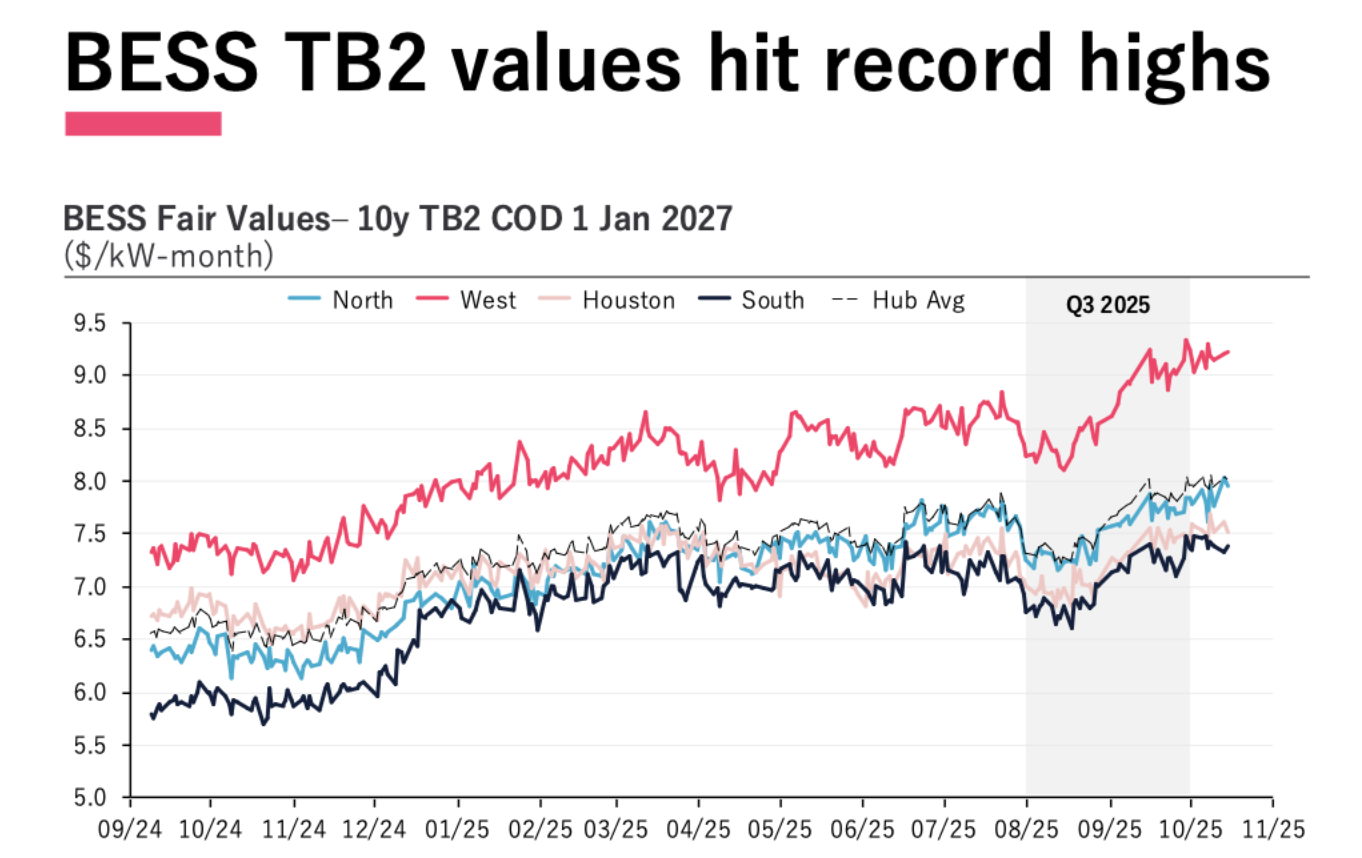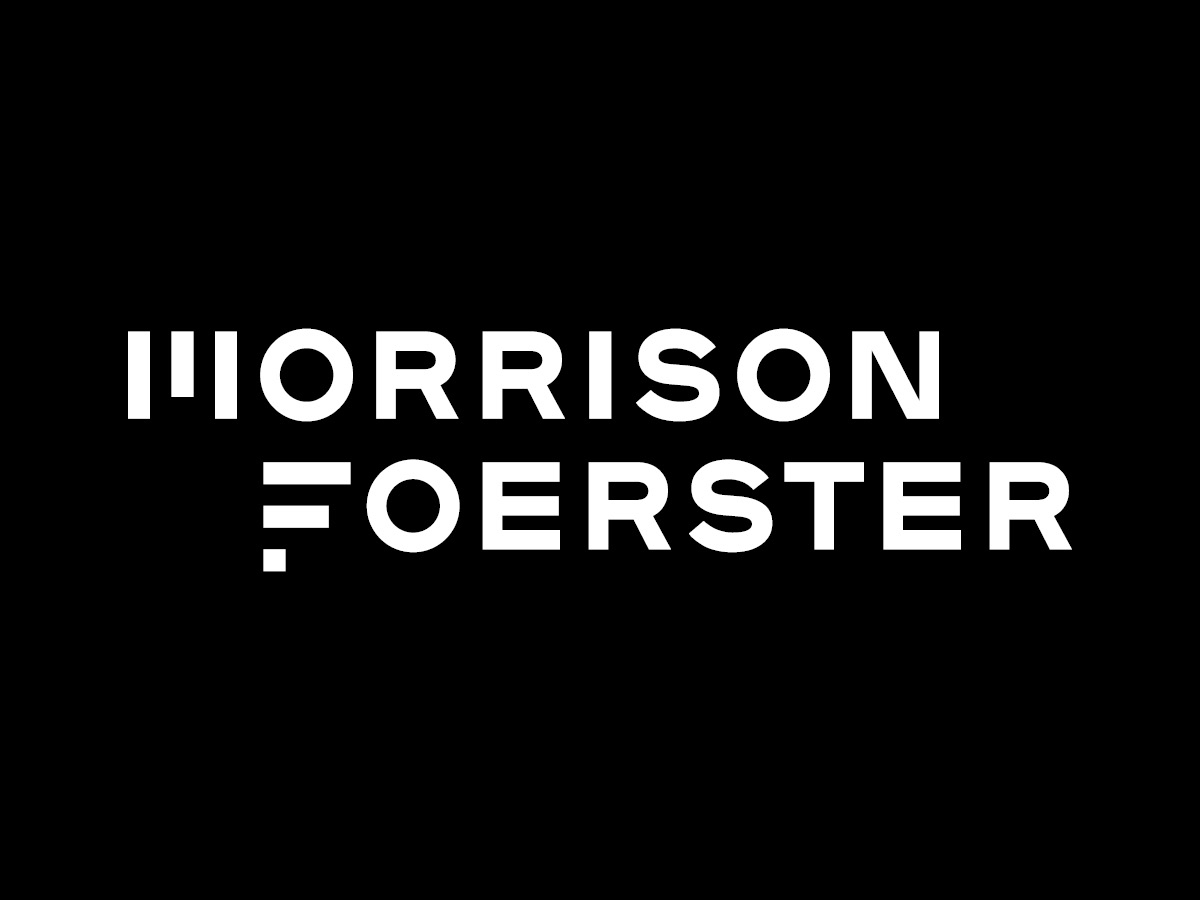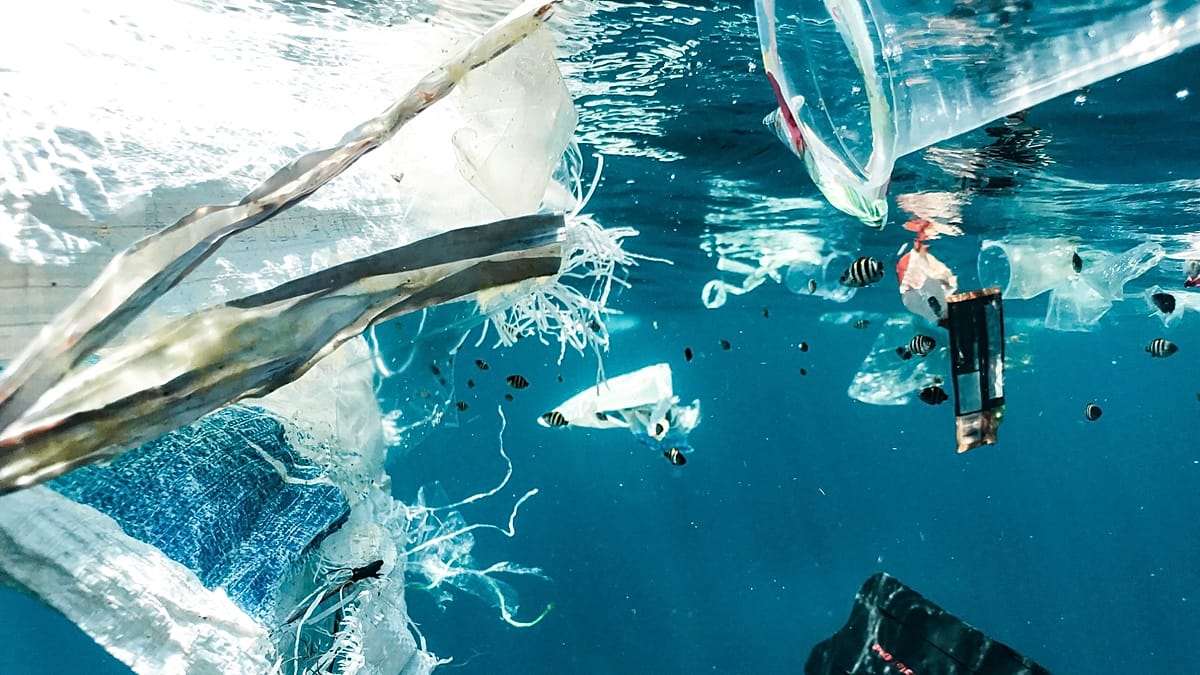Türkiye adds new marine parks to planning map – Hürriyet Daily News
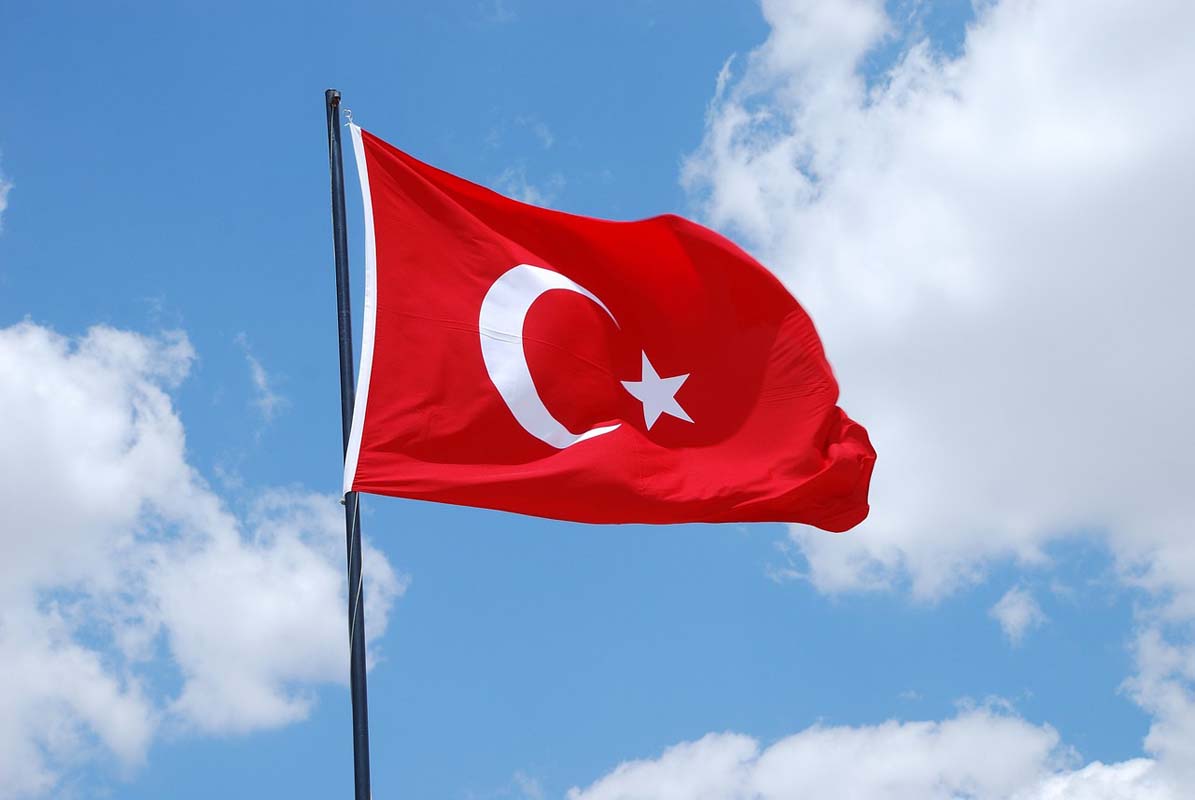
Report on Türkiye’s Expansion of Marine Protected Areas in Alignment with Sustainable Development Goals
1.0 Introduction: Advancing SDG 14 through National Marine Spatial Planning
Türkiye has announced a significant expansion of its Marine Protected Areas (MPAs), reinforcing its commitment to the United Nations Sustainable Development Goals, particularly SDG 14 (Life Below Water). The updated national marine spatial planning map, now registered with UNESCO’s Intergovernmental Oceanographic Commission (IOC), marks a strategic move towards conserving and sustainably using marine resources.
- The initiative was coordinated by Ankara University’s National Maritime Law Research Center, supported by various national institutions, demonstrating a multi-stakeholder approach consistent with SDG 17 (Partnerships for the Goals).
- New MPAs have been designated in the northern Aegean Sea and off the coast of Fethiye and Kaş, with further expansion planned across all surrounding seas.
2.0 Core Objectives and Contribution to Global Goals
The establishment of these new MPAs is fundamentally aimed at protecting marine biodiversity and promoting long-term environmental sustainability. This initiative directly addresses several targets under the 2030 Agenda for Sustainable Development.
- Conservation of Marine and Coastal Ecosystems (SDG 14.2 & 14.5): The primary goal is to protect and restore marine ecosystems, thereby increasing the percentage of national marine areas under protection in line with international targets.
- Sustainable Use of Marine Resources: The MPAs are designed as beneficial tools to support sustainability without impeding freedom of navigation or hindering sustainable economic activities, balancing conservation with development.
- Enhancing Climate Resilience (SDG 13): By safeguarding marine environments, Türkiye enhances the resilience of these vital ecosystems to the impacts of climate change.
3.0 Institutional Framework and Governance for Sustainability
To ensure effective implementation and coordination, Türkiye has strengthened its institutional framework, a key component of SDG 16 (Peace, Justice and Strong Institutions).
- A presidential circular published on July 24 established the Marine Spatial Planning Coordination Board.
- This board will facilitate inter-agency cooperation, assess the environmental impacts of sectoral activities, and ensure a cohesive approach to marine management.
- Key ministries, including the Ministry of Agriculture and Forestry and the Ministry of Environment, Urbanization and Climate Change, are leading the coordination on the status and legal framework of the MPAs.
- The Foreign Ministry will provide secretariat services for the new board, underscoring the international dimension of marine spatial planning.
4.0 Regional Cooperation and International Law
The expansion of MPAs occurs within a complex regional context. Türkiye’s approach emphasizes adherence to international law and collaborative principles, aligning with SDG 16 and SDG 17.
- Türkiye’s actions are presented as reciprocal steps in response to regional developments, including a recent announcement by Greece regarding two marine parks in the Ionian and Aegean Seas.
- Officials assert that Türkiye’s position is grounded in international law, equity, and the principles of good neighborly relations, as affirmed in the “Athens Declaration” signed on December 7, 2023.
- Ankara maintains that unilateral actions by Greece concerning geographical formations of unceded sovereignty produce no legal consequences and do not affect Türkiye’s legitimate rights and interests.
- The government advocates for cooperation among coastal states in semi-enclosed seas like the Aegean, as encouraged by international maritime law, to resolve outstanding issues such as the delimitation of the continental shelf.
Analysis of Sustainable Development Goals (SDGs) in the Article
1. Which SDGs are addressed or connected to the issues highlighted in the article?
-
SDG 14: Life Below Water
This is the most prominent SDG in the article. The entire focus is on Türkiye’s efforts to establish and increase the number of Marine Protected Areas (MPAs) to “protect marine ecosystems,” “support sustainability,” and “protect the marine environment.”
-
SDG 16: Peace, Justice and Strong Institutions
The article discusses the geopolitical context, including disputes with Greece over maritime boundaries and “fait accompli efforts.” It highlights Türkiye’s commitment to international law, equity, and good neighborly relations. Furthermore, it mentions the establishment of a new national institution, the “Marine Spatial Planning Coordination Board,” to ensure inter-agency cooperation and effective governance of marine spaces.
-
SDG 17: Partnerships for the Goals
The article mentions multiple levels of partnership. Nationally, the planning map was coordinated by Ankara University’s National Maritime Law Research Center and supported by various institutions, including the Agriculture and Forestry Ministry and the Environment, Urbanization and Climate Change Ministry. Internationally, it refers to registering plans with UNESCO’s Intergovernmental Oceanographic Commission (IOC), the “Athens Declaration” signed with Greece, and the encouragement of cooperation among coastal states under international maritime law.
2. What specific targets under those SDGs can be identified based on the article’s content?
-
SDG 14: Life Below Water
- Target 14.5: By 2020, conserve at least 10 per cent of coastal and marine areas, consistent with national and international law and based on the best available scientific information. The article directly addresses this by stating Türkiye has “added new marine protected areas” and “aims to increase the number of these areas.”
- Target 14.2: By 2020, sustainably manage and protect marine and coastal ecosystems to avoid significant adverse impacts. The stated purpose of the new MPAs is to “protect marine ecosystems and promote environmental sustainability,” which aligns directly with this target.
-
SDG 16: Peace, Justice and Strong Institutions
- Target 16.6: Develop effective, accountable and transparent institutions at all levels. The establishment of the “Marine Spatial Planning Coordination Board” to “convene regularly” and “ensure inter-agency cooperation” is a direct action towards creating an effective national institution for marine governance.
- Target 16.8: Broaden and strengthen the participation of developing countries in the institutions of global governance. Türkiye’s action of registering its marine spatial planning with “the relevant U.N. body” (UNESCO’s IOC) demonstrates active participation in global governance structures for ocean management.
-
SDG 17: Partnerships for the Goals
- Target 17.14: Enhance policy coherence for sustainable development. The creation of the Coordination Board, with the Foreign Ministry providing secretariat services, is designed to ensure coherence and cooperation between different government ministries and agencies on marine issues.
- Target 17.16: Enhance the global partnership for sustainable development, complemented by multi-stakeholder partnerships. The article mentions partnerships at multiple levels: international (cooperation with Greece via the “Athens Declaration,” engagement with UNESCO), national (inter-ministerial cooperation), and with academia (Ankara University’s National Maritime Law Research Center).
3. Are there any indicators mentioned or implied in the article that can be used to measure progress towards the identified targets?
-
For SDG 14 (Life Below Water)
- Indicator 14.5.1 (Coverage of protected areas in relation to marine areas): The article explicitly mentions the addition of “new marine protected areas” and the goal to “increase the number of these areas.” The number and total area of these MPAs are direct, measurable indicators of progress.
-
For SDG 16 (Peace, Justice and Strong Institutions)
- Existence of independent national human rights institutions in compliance with the Paris Principles (Proxy Indicator): While not about human rights, the establishment of the “Marine Spatial Planning Coordination Board” serves as a clear indicator of institutional development (Target 16.6). Its existence and regular meetings can be tracked.
-
For SDG 17 (Partnerships for the Goals)
- Indicator 17.16.1 (Number of countries reporting progress in multi-stakeholder development effectiveness monitoring frameworks): The article provides concrete examples that can be used as qualitative indicators of partnership. These include the “Athens Declaration” with Greece, registration of plans with UNESCO’s IOC, and the national collaboration between government ministries and a university research center.
4. Table of SDGs, Targets, and Indicators
| SDGs | Targets | Indicators |
|---|---|---|
| SDG 14: Life Below Water |
14.5: Conserve coastal and marine areas.
14.2: Sustainably manage and protect marine and coastal ecosystems. |
The number and spatial extent of new Marine Protected Areas (MPAs) added to the national map. The article states Türkiye “added new marine protected areas” and “aims to increase the number of these areas.” |
| SDG 16: Peace, Justice and Strong Institutions |
16.6: Develop effective, accountable and transparent institutions.
16.8: Broaden and strengthen the participation of developing countries in the institutions of global governance. |
The establishment and regular convening of the “Marine Spatial Planning Coordination Board.”
Registration of national marine spatial plans with the relevant U.N. body (UNESCO’s IOC). |
| SDG 17: Partnerships for the Goals |
17.14: Enhance policy coherence for sustainable development.
17.16: Enhance the global partnership for sustainable development. |
The existence of inter-agency cooperation mechanisms (the new Coordination Board).
The existence of bilateral agreements (“Athens Declaration”) and multi-stakeholder collaborations (government ministries and Ankara University). |
Source: hurriyetdailynews.com

What is Your Reaction?
 Like
0
Like
0
 Dislike
0
Dislike
0
 Love
0
Love
0
 Funny
0
Funny
0
 Angry
0
Angry
0
 Sad
0
Sad
0
 Wow
0
Wow
0


















